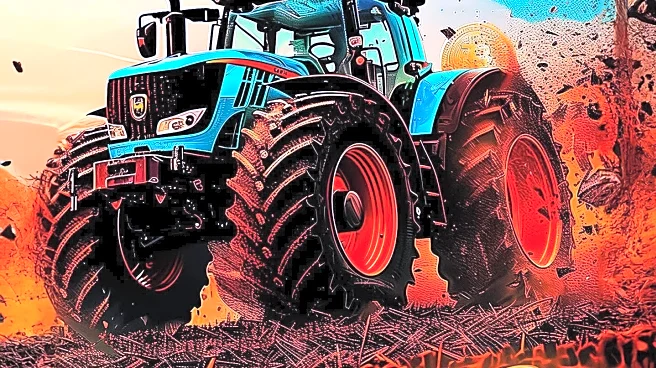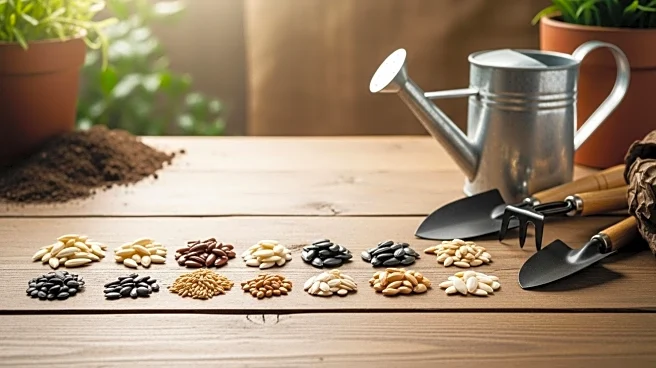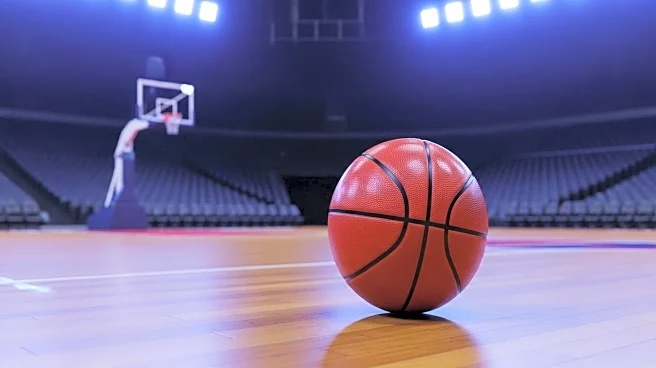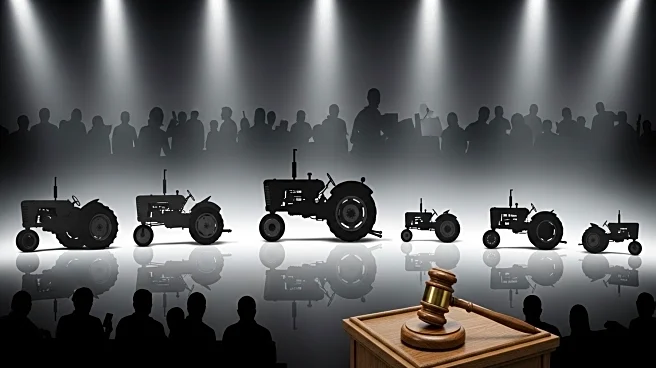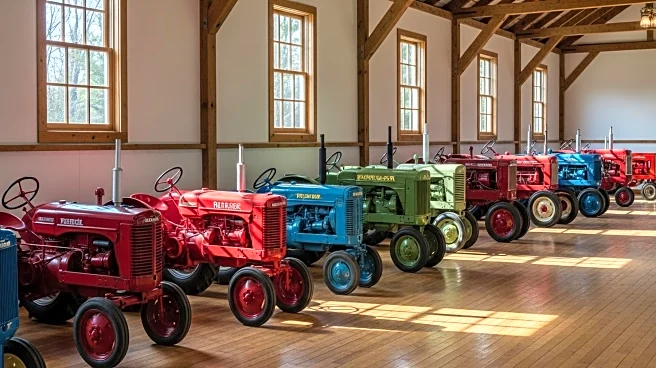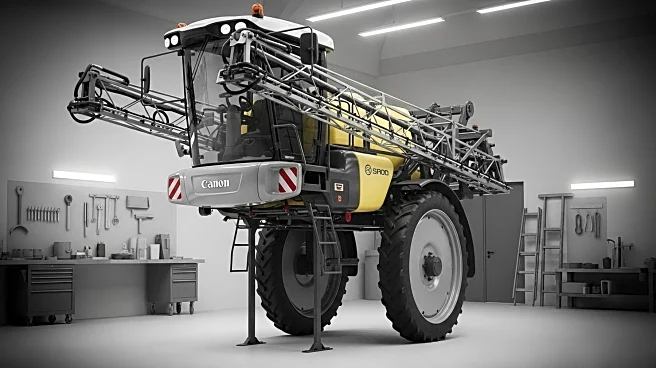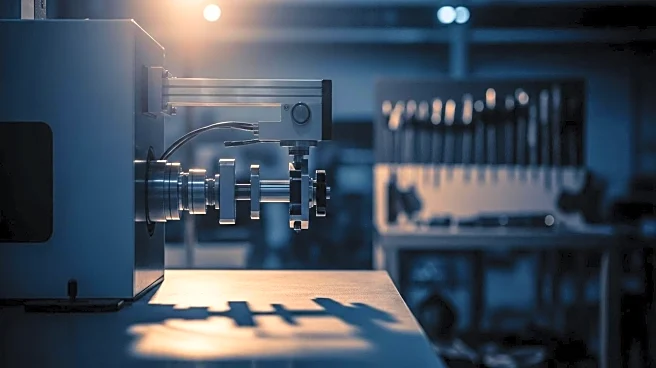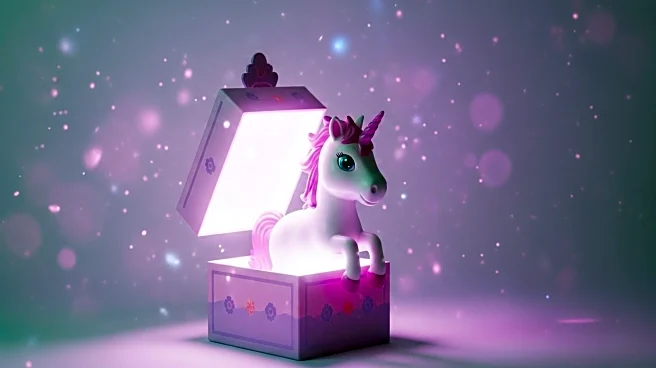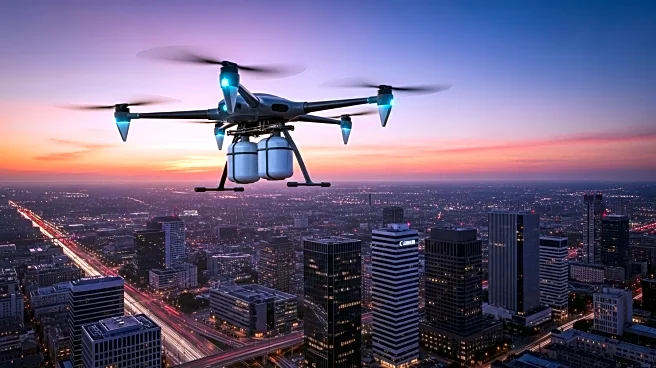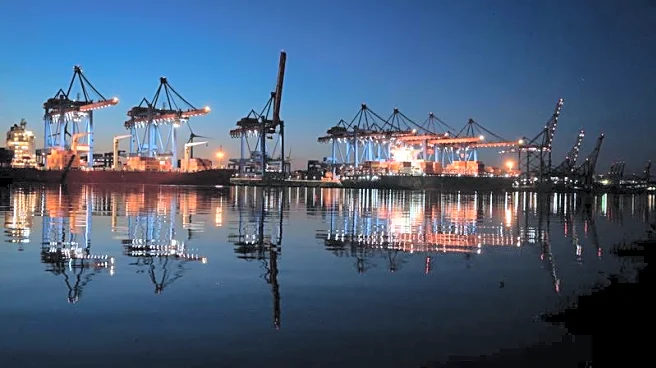What's Happening?
Jon Kinzenbaw, known for his extensive collection of tractors, is hosting an auction to pare down his collection, which includes over 600 tractors. Among the items up for auction is a unique 1971 4020 HFWD Wheatland tractor, modified with large combine tires, giving it a monster truck-like appearance. This tractor, originally a standard model, was transformed by Kinzenbaw's creative vision, inspired by his inner child. The modifications are reversible, maintaining the tractor's original integrity while adding a playful twist. The auction is not selling the entire collection but is a selective reduction to manage space constraints.
Why It's Important?
The auction of Jon Kinzenbaw's tractors, including the distinctive Monster 4020, highlights the intersection of agricultural machinery and personal creativity. This event is significant for collectors and enthusiasts of vintage tractors, offering a rare opportunity to acquire unique pieces with historical and aesthetic value. The auction could influence the market for collectible tractors, potentially increasing interest and value in modified and rare models. It also underscores the cultural importance of preserving agricultural history through personal collections, reflecting the blend of functionality and artistic expression in machinery.
What's Next?
The auction is expected to attract collectors and enthusiasts who appreciate the blend of historical significance and creative modification in agricultural machinery. The successful sale of the Monster 4020 could inspire similar creative projects within the tractor community, encouraging owners to explore unique modifications. Additionally, the auction may lead to increased visibility for Kinzenbaw's collection, potentially prompting future events or exhibitions showcasing his tractors. The outcome of the auction will likely influence the market dynamics for collectible tractors, setting precedents for pricing and interest in modified models.
Beyond the Headlines
The auction of the Monster 4020 tractor raises questions about the role of creativity in the preservation and appreciation of historical machinery. It challenges traditional views on the restoration and modification of vintage equipment, suggesting that personal expression can enhance the cultural and aesthetic value of such items. This event may spark discussions on the ethical considerations of modifying historical machinery, balancing preservation with innovation. It also highlights the potential for personal collections to serve as cultural artifacts, reflecting individual narratives and broader historical trends in agriculture.
